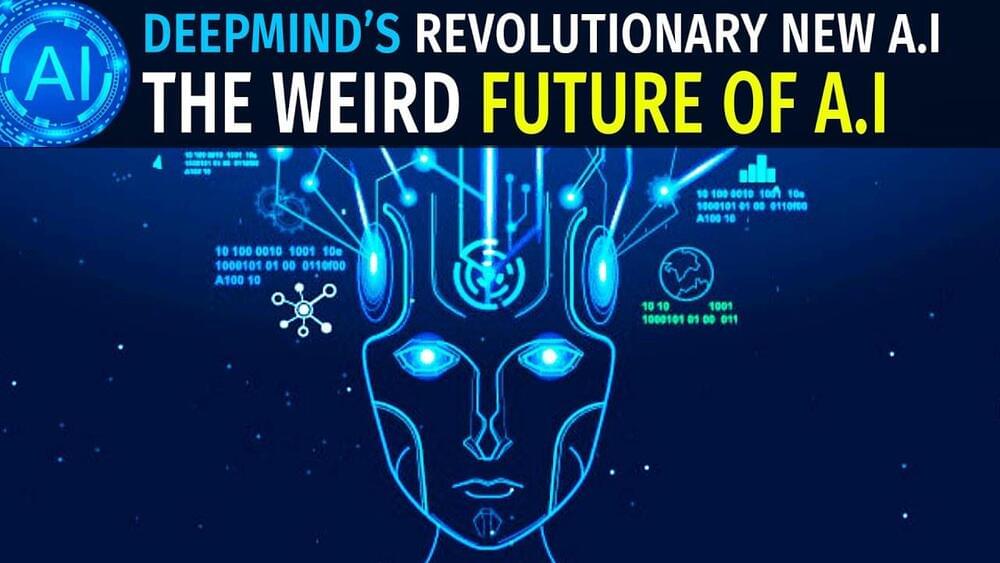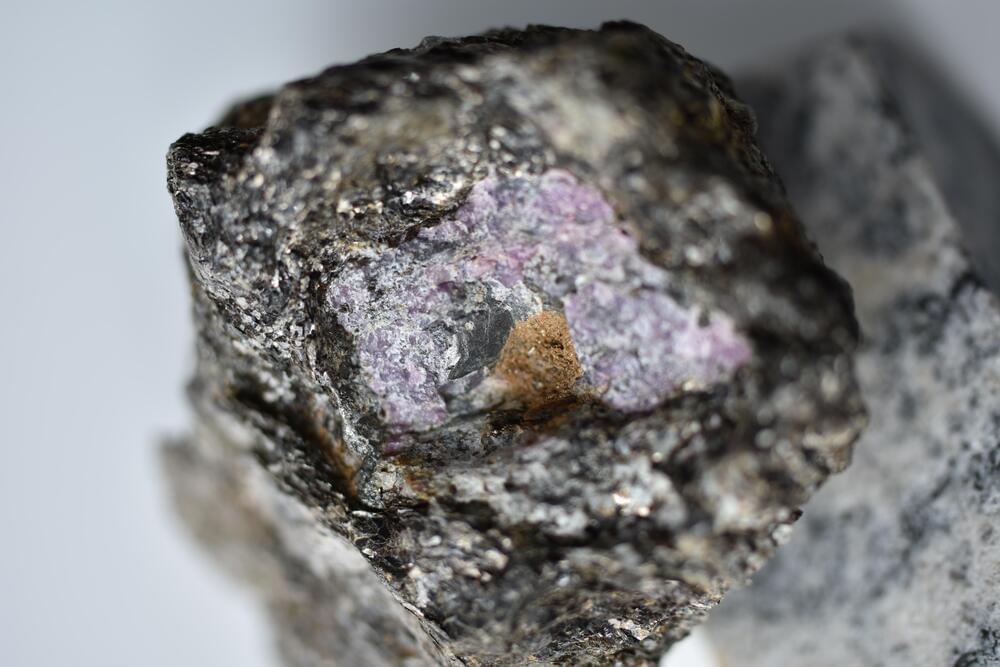Google’s own Deepmind has just released a new revolutionary Artificial Intelligence model which will likely power many AI Applications in the future. They named it Perceiver and it’s meant to replace the most popular AI transformer models.
Perceiver is meant to bring a more general approach to problems from AI models which some would call Artificial General Intelligence. Whether or not Deepmind will manage to create the best AI in the future is yet to be seen. But one thing is for sure, the future is quite weird for AI but also amazing to see.
–
If you enjoyed this video, please consider rating this video and subscribing to our channel for more frequent uploads. Thank you! smile
–
TIMESTAMPS:
00:00 A new kind of AI
01:46 What this new model does.
03:40 How Perceiver works.
05:40 Problems with Perceiver.
06:28 Last words.
–
#deepmind #ai #agi









